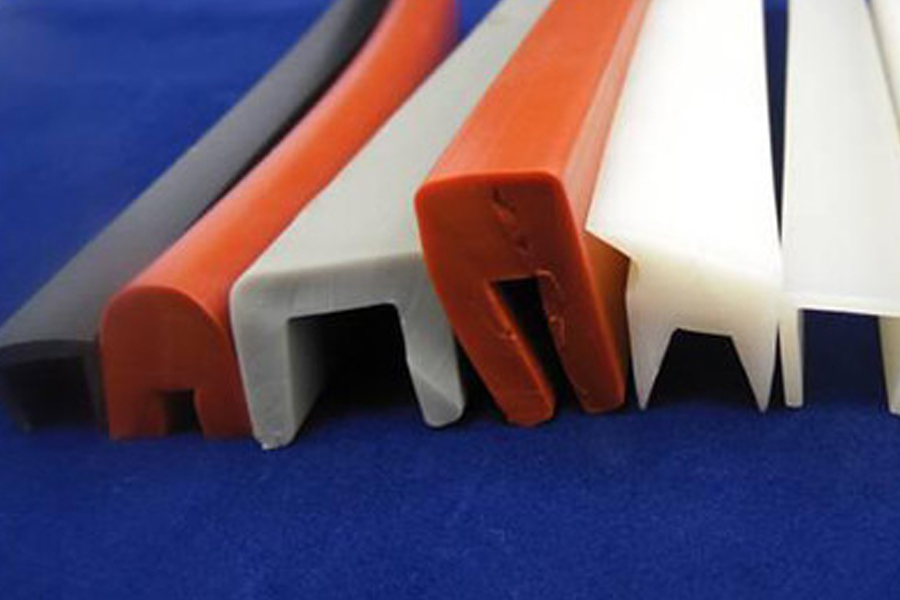At present, there are many types of CNC systems in the world, with different forms, and their composition and structure have their own characteristics. These structural characteristics are derived from the basic requirements of the initial design of the system and the ideas of engineering design. For example, there are completely different requirements for point control systems and continuous trajectory control systems. There is also a big difference between the T system and the M system. The former is suitable for cnc machining of revolving parts, and the latter is suitable for machining of special-shaped non-revolving parts.
For different manufacturers, based on historical development factors and the influence of complex factors that vary from place to place, they may also have their own advantages in design ideas. For example, the Dynapath system in the United States adopts a small board structure, which is convenient for board replacement and flexible combination, while the FANUC system in Japan tends to a large board structure, which is conducive to the reliability of the system and promotes the continuous improvement of the average failure rate of the system. However, no matter what kind of system, their basic principles and composition are very similar.
Generally, the entire numerical control system consists of three cnc machining or die casting parts, namely the control system, the servo system and the position measurement system. The control system performs interpolation operations according to the workpiece program, and sends control instructions to the servo drive system; the servo drive system amplifies the control instructions, and the servo motor drives the machinery to move as required; the measurement system detects the movement position or speed of the machinery and feeds it back to the control System to modify the control instructions.
These three parts are organically combined to form a complete closed-loop control CNC operating system.
